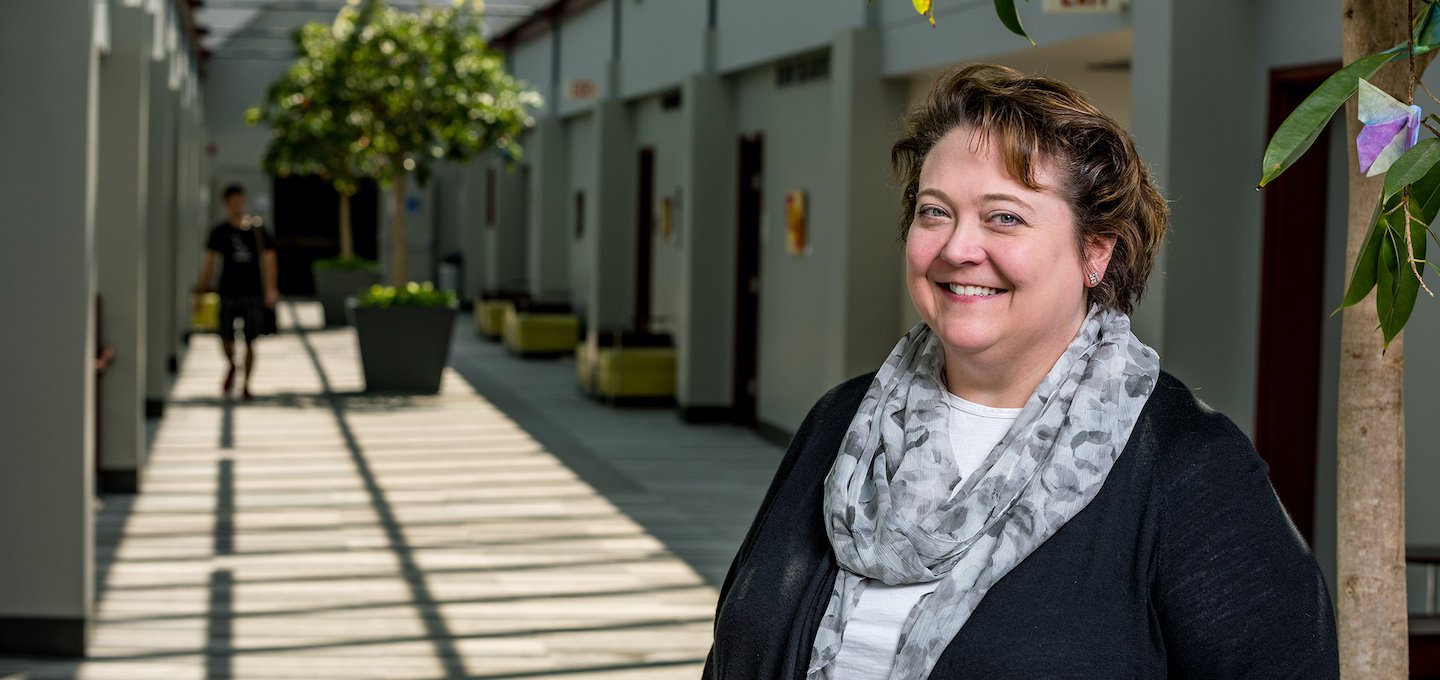Demand for online education is spiking. How Indiana is responding. (Part II)
Editor’s Note: This series began before the COVID-19 pandemic. Response to it will have a significant impact on the number of students taking online courses and how schools are using technology to make coursework available. Indiana institutions like Rose-Hulman Institute of Technology are well positioned to adapt to this new normal.
Rose-Hulman cancelled all in-person classes on March 13, moved Spring Break to March 13-22 to allow a change-over to a virtual, e-learning environment. They plan to conduct classes online beginning March 23 through April 19, at a minimum.
American consumers’ demand for convenience has changed the way retailers and restaurants deliver, the way talent is recruited and how just about every business operates.
So it shouldn’t surprise anyone to know there’s a digital transformation afoot in the education industry too. More than 6.6 million postsecondary students in the U.S. were seeking their degrees at least partly online in 2017. Inside Higher Ed, relying on the U.S. Department of Education’s National Center for Education data, reported in late 2018 that online enrollment was growing while traditional enrollment was dropping.
Specifically, the number of students from fall 2016 to fall 2017 who took at least some of their courses online grew by 5.7 percent compared to a dip of nearly half a percentage point for traditional classwork. The proportion of students enrolled exclusively online grew by 14.7 percent. Those mixing it up with both classroom and online instruction grew by 17.6 percent. More than 33 percent of students reported taking at least one course online.
One of TechPoint’s core missions is to help nurture talent development, which is why we’re so invested in Indiana colleges and universities. We asked the state’s major educational institutions how—or if—they were responding to the demand for online educational options. This second in our series of reports from that query focuses on Rose-Hulman Institute of Technology.
Founded by businessman Chauncey Rose in 1874, Rose-Hulman Institute of Technology has long earned national accolades as an exceptional institution of higher learning. Located just east of Terre Haute, Rose-Hulman began admitting women in 1995. It has a 98 percent placement rate for its graduates and has been top-ranked for 21 years by US News & World Report’s annual Best Colleges ranking.
The college doesn’t currently offer fully online programs but does offer courses online. It also uses online learning technologies to complement and add value to classroom courses.
“We’re not using online learning as a substitute for on-campus enrollment,” says Kay C Dee, Associate Dean of Learning & Technology; Professor of Biology and Biomedical Engineering (Kay C Dee to her friends.). “We use online technologies as a set of tools that give us educational capabilities different from those of a simply face-to-face environment, and we’re using that expanded toolset to design learning experiences that range from complete degree programs to day-by-day course experiences.”
“The myth of multitasking is particularly damaging to online success,” she says. “Students may think they can text their friends, send e-mail and browse social media while also listening to an online instructional video as it plays on a browser tab, but they are not going to learn the material presented in that video.”
To help learners resist distractions and multitasking, Rose-Hulman’s online courses are designed to provide opportunities for breaks in between short stretches of focus or work. “We call this “chunking” course material,” Kay C Dee says.
“Students still need to respect and fully commit to focusing during those material “chunks,” she says.
Online instruction isn’t the same for every faculty member, either, Kay C Dee points out.
Instructors who are comfortable with in-person classroom teaching usually need to change their approaches to course design, sequencing of topics and activities, and assessing student performance to succeed as online instructors.
“In our experience, that transition goes most smoothly when we give the faculty member ideas for multiple ways to follow a best practice, rather than simply telling them what to do,” she says.
The private college routinely has thousands of applicants for fewer than 600 freshman spots each year, but it’s clearly not resting on its enviable laurel. Responding to the online educational trends and adapting traditional instruction to digital demand are just two examples of how the college remains nimble and aspirational. It’s also why the college isn’t concerned that the rise in online, on-demand education will erode campus enrollment.
“We see it as another way to expand our offerings,” Kay C Dee says.









































